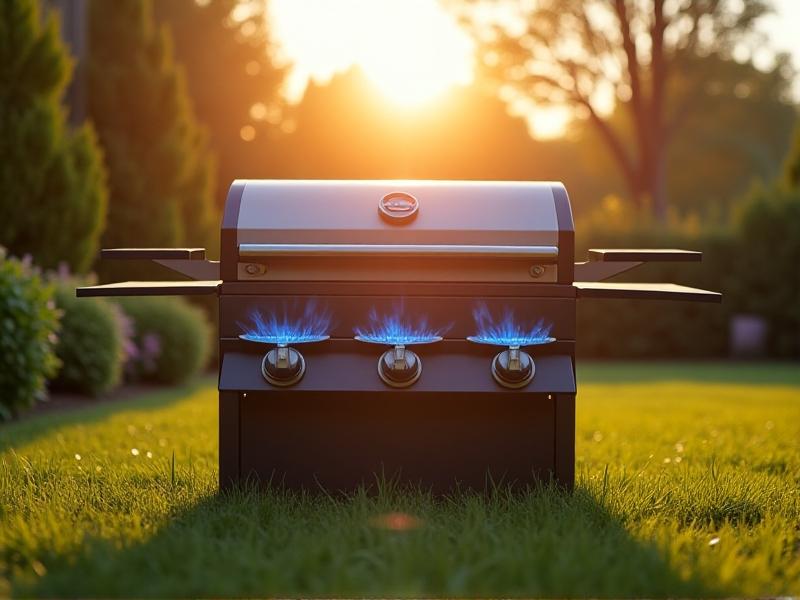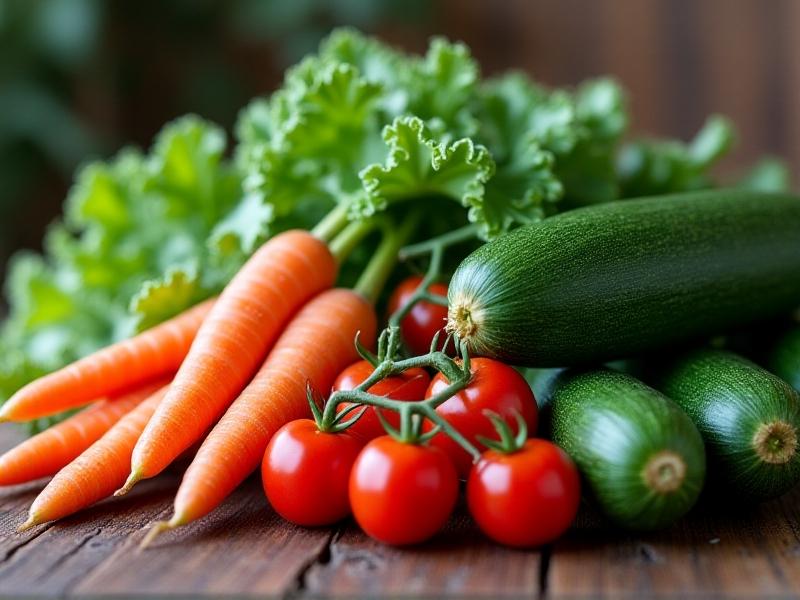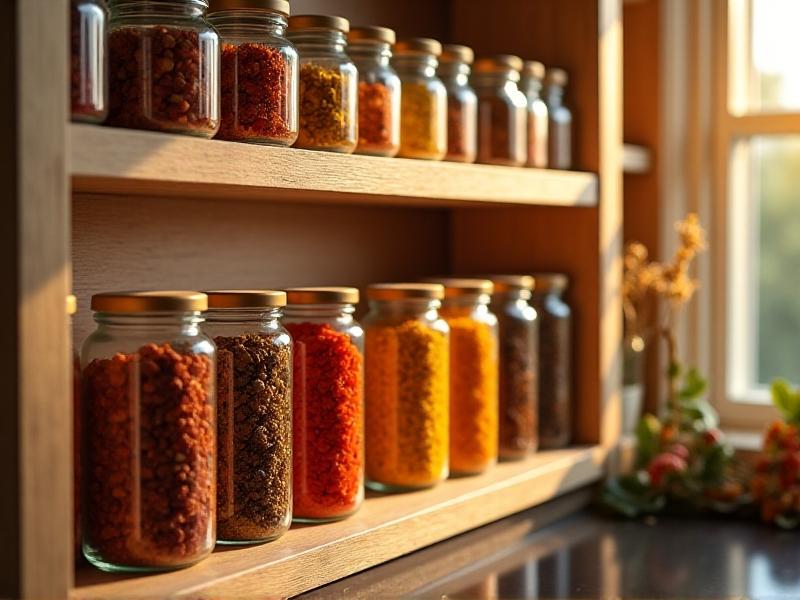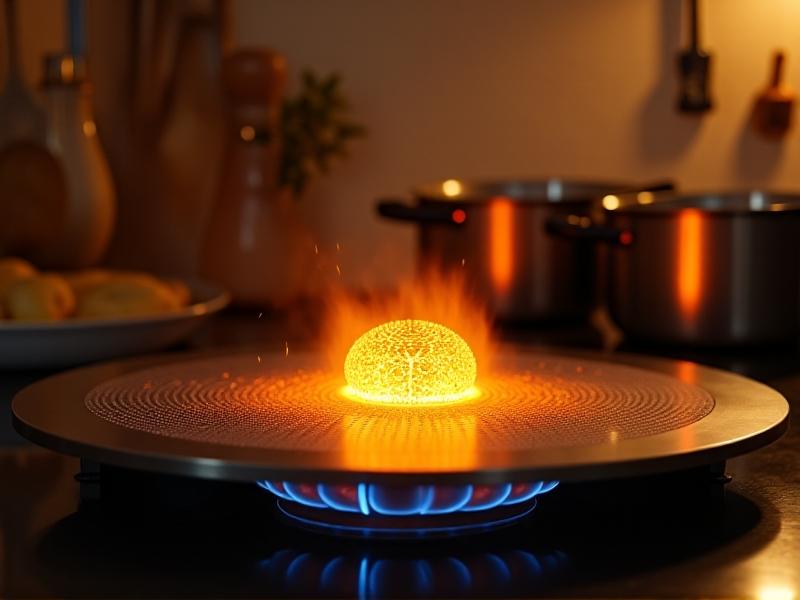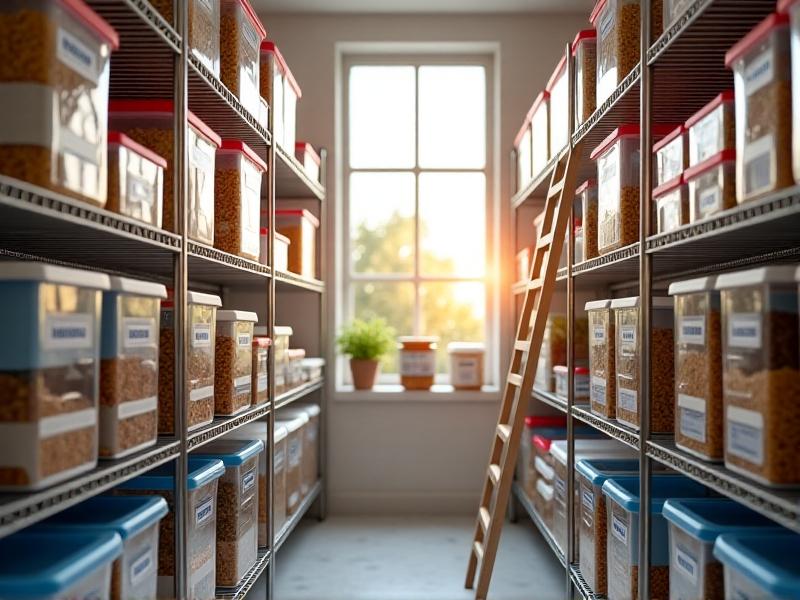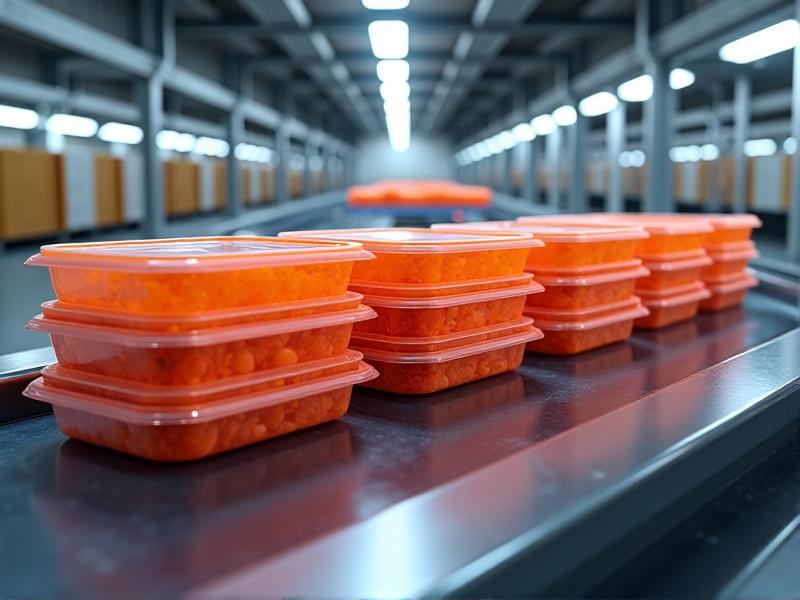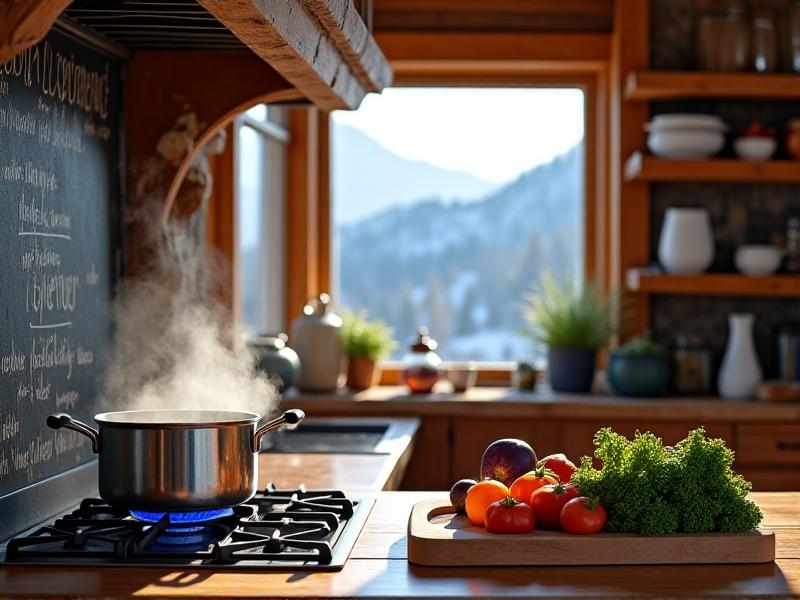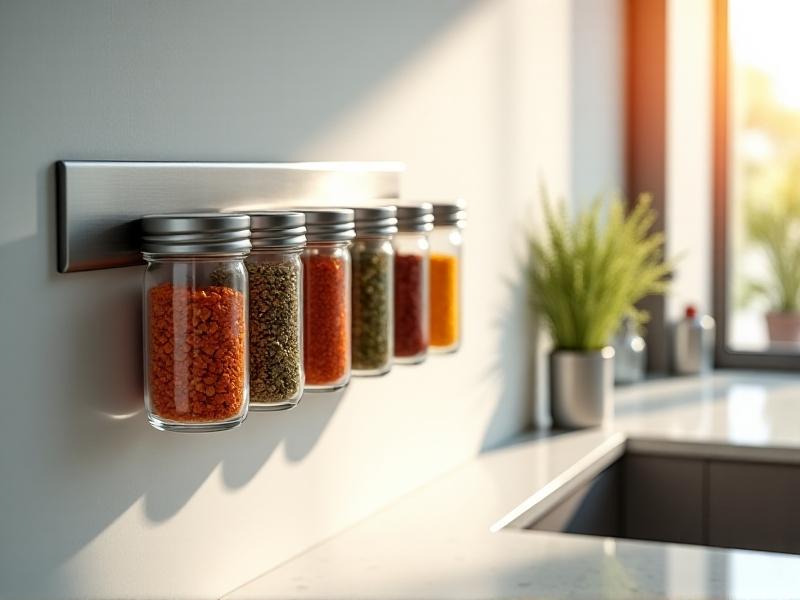Pressure Cooker Safety at High Altitudes
Understanding High Altitude Cooking Challenges
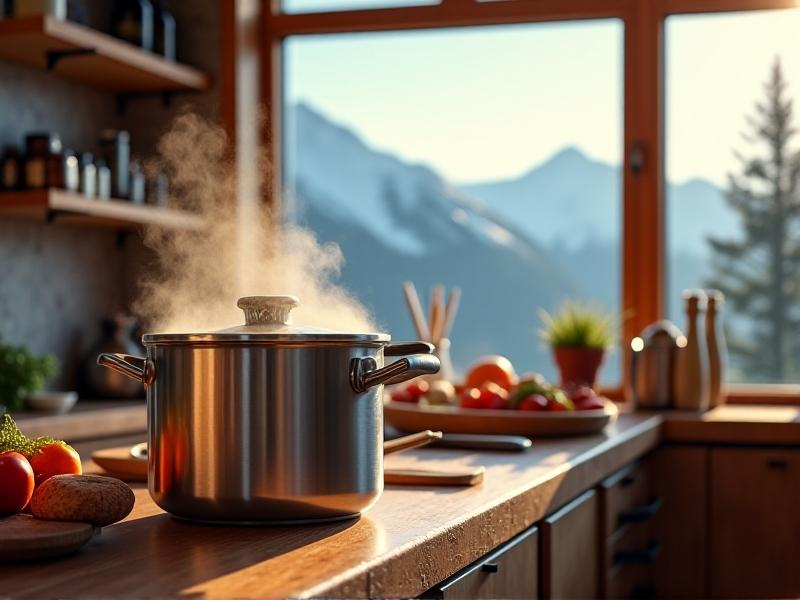
High-altitude cooking poses unique challenges due to lower atmospheric pressure, which causes water to boil at temperatures below 212°F (100°C). This fundamental shift impacts all cooking methods, but pressure cookers become particularly critical tools in mountainous regions. At 5,000 feet elevation, water boils at 203°F—a temperature difference that can add 25-50% more cooking time to traditional methods. Pressure cookers compensate by creating a sealed environment where pressure raises the boiling point, but users must understand how elevation affects this equilibrium. The decreased air pressure at altitude means pressure cookers operate differently than at sea level, requiring careful adjustments to achieve both food safety and optimal texture.
How Altitude Impacts Pressure Cooker Performance

The science behind pressure cooking at elevation revolves around the relationship between atmospheric pressure and steam formation. While standard pressure cookers typically maintain 15 psi (pounds per square inch) at sea level, this internal pressure decreases proportionally with altitude. At 7,500 feet, the effective working pressure might drop to 12.5 psi, altering cooking dynamics. This pressure differential affects how heat transfers to food—beans may remain undercooked, meats could turn tough, and sterilization processes might prove incomplete. Understanding your specific elevation is crucial, as each 500-foot increase above 2,000 feet elevance requires recalibration of cooking parameters.
Adjusting Cooking Times and Pressure Levels
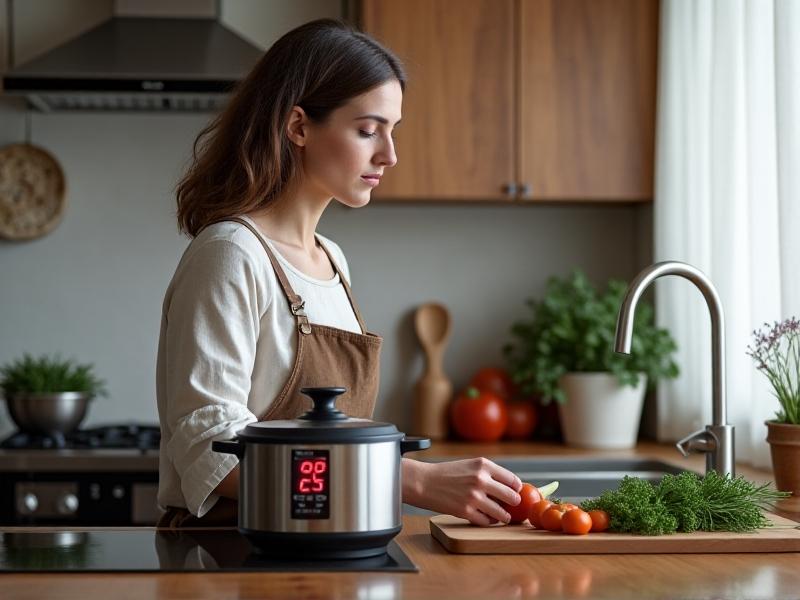
Successful high-altitude pressure cooking requires a two-pronged adaptation strategy. First, increase pressure levels by 1 psi for every 2,000 feet above sea level—many modern electric cookers feature altitude adjustment settings for this purpose. Second, extend cooking times by 5% for every 1,000 feet above 3,000 feet elevation. For example, a 10-minute sea-level recipe becomes 12.5 minutes at 7,000 feet. Keep detailed notes for different food types: grains and legumes typically need the most significant adjustments, while vegetables require careful monitoring to prevent overcooking. Always verify doneness with temperature probes before serving.
Essential Safety Features for High Altitude Use
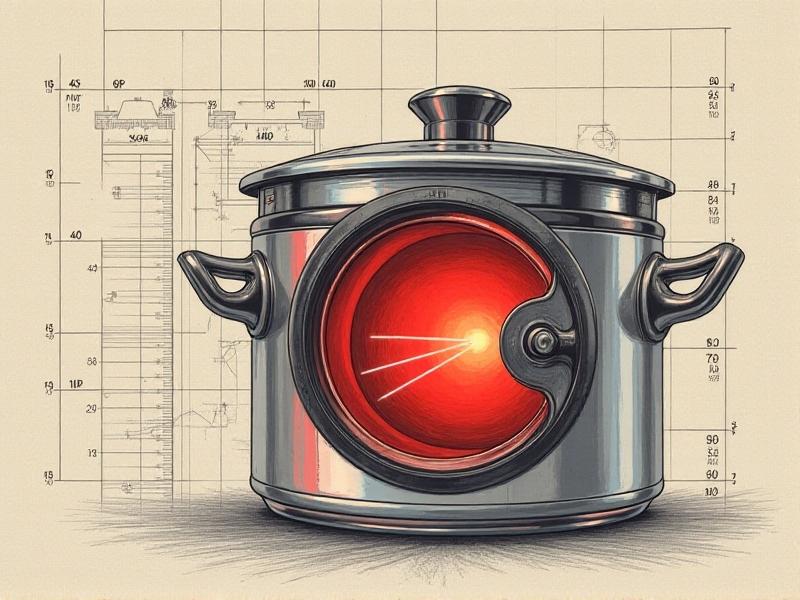
Modern pressure cookers incorporate multiple fail-safes that prove particularly vital at altitude. Dual pressure release valves prevent over-pressurization in low-atmospheric conditions, while spring-loaded lids with locking indicators ensure complete sealing before heating begins. Look for models with altitude compensation technology—these automatically adjust pressure settings based on elevation input. The USDA recommends pressure canners (not standard cookers) with weighted gauges for food preservation above 1,000 feet, as dial gauges can misread at elevation. Always test your cooker's rubber gasket elasticity monthly, as cold mountain air accelerates material degradation.
Common Mistakes and How to Avoid Them
The most frequent high-altitude errors stem from improper liquid ratios and rushed depressurization. As water evaporates faster at elevation, always maintain minimum liquid levels—typically 1 cup even for "no water" recipes. Avoid filling past the manufacturer's 2/3 line, as starchy foods expand dramatically. Never force-cool your cooker by running water over the lid; rapid pressure changes can warp components. Instead, use natural release methods, adding 25% more time to account for altitude. Track elevation changes during travel—a cooker calibrated for Denver (5,280 feet) will underperform in Leadville (10,152 feet) without adjustments.
Maintaining Your Pressure Cooker in Mountainous Regions
Altitude accelerates wear on pressure cooker components through repeated thermal cycling and dry air exposure. Deep-clean valves weekly using cotton swabs and vinegar to prevent mineral buildup from hard mountain water. Store gaskets slightly stretched over the lid rather than compressed—this maintains elasticity in low-humidity environments. Replace pressure release valves annually, or whenever corrosion appears on metal parts. Keep a maintenance log noting each component's installation date. For electric models, periodically check that altitude compensation sensors haven't accumulated dust or grease that could impair their function.
Troubleshooting Pressure Cooker Issues at Elevation
When a pressure cooker struggles to reach temperature at altitude, first confirm adequate liquid volume and proper sealing. Persistent steam leaks often indicate a warped lid or degraded gasket—perform a dollar bill test by closing the lid on currency; if it slips out easily, replace the seal. If food consistently undercooks, verify your elevation using GPS apps and recalibrate accordingly. For stuttering pressure valves, soak components in equal parts water and white vinegar overnight. Always keep manufacturer support contacts handy, as some companies provide free altitude-specific troubleshooting guides for their models.
